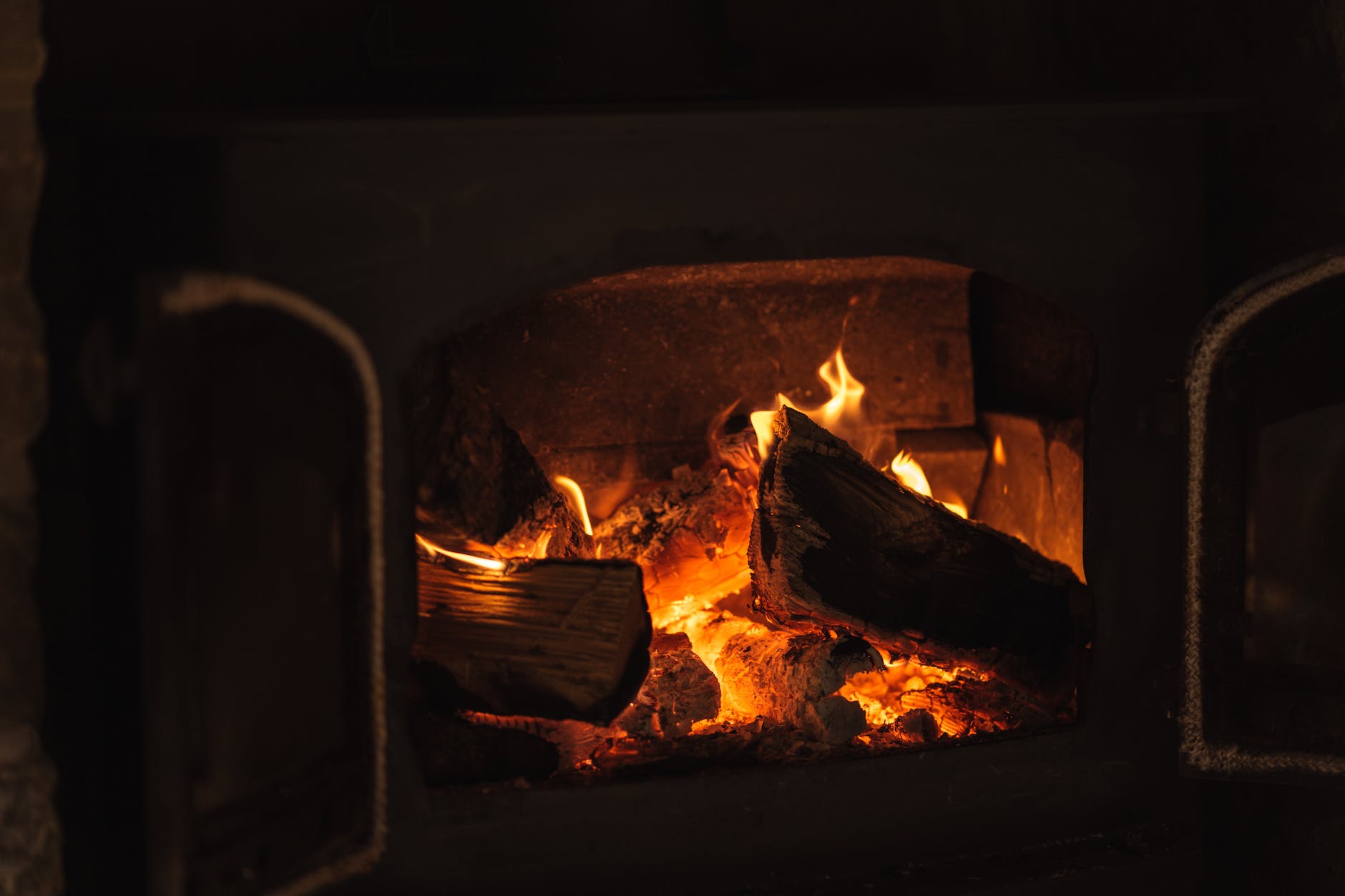
Tips For Reducing Fire Risk In Care Homes
While fire safety regulations apply to all facilities and organisations, care homes must be particularly careful. Older people can be more at risk of certain hazards and aren’t always in the best position to fend for themselves or make a dashing escape.
So, care homes are generally responsible for going the extra mile here. Still, efforts shouldn’t be too taxing, and fire safety isn’t exactly rocket science, either! So long as you adhere to a few basic principles and understand lawful requirements, you’re generally home-free here.
If you’ve just stepped into managing a care home, or if you’re experienced but would just like some reminders, then here are some tips for reducing fire risks in your facility.
Know the Risks
It’s important to evaluate your care home’s safety standards fairly. Honest results must be unearthed and learnt from.
It’s a good idea to source much of your knowledge from a professional fire service experienced in these matters. They’ll have interesting statistics to share, too, with the London fire brigade sharing that 41% of care home fires are caused by cooking and cookers, while kitchen appliances and smoking cause a further 21% and 13% of hazards.
They can also remind you of how fire safety risks your care home’s credibility too. After all, these are lawful obligations you’re carrying out, as overseen by the Care Quality Commission. Shortcomings here are a moral imperative but also a legal priority as well. Fire risk assessments are an annual requirement and must identify and remove them, as well as determine who’s most vulnerable and train staff to look after them and the premises.
Consult expert resources, and you’ll never be in any doubt about the legitimacy of the guidance that you’re receiving. They’ll give you a lot of direction in mitigating safety standards, giving you ideas of where to identify risks not just in the environment but also in the residents’ behaviour as well.
Work with Responsible Suppliers
Not everybody takes fire risks as seriously as they should. Even if you’ve got your ducks in a row, you’ll still need to work with entities that share your value system.
For example, NHC provides care home curtains that are fire-retardant. Their stock meets NHS guidelines and adheres to The Framework for Enhanced Health in Care Homes. They’re also familiar with the Care Homes Regulations Act of 2001. Their efforts mean they’re also provisioners of proactive care rather than operating solely on a reactionary basis. They also have over 20 years of experience and know what they’re doing.
Of course, things don’t stop with curtains, either. If you’re working with any other type of supplier where fire risks could pose a problem, evaluating how seriously they take those responsibilities is important. If these qualities are never mentioned or merely posed as an afterthought, then you should look to work with entities that have adopted NHC’s mentality.
Try not to be one of the many businesses that blame their partners when things go wrong. Yes, they may be responsible to a point, but you’re still very much opting to bring faulty goods into your care home. Checking who you’re working with is mandatory in any line of work, and running a care home is no exception.
Reorganise Storage
It’s important to somewhat spread out your care home’s storage requirements. Some goods shouldn’t be stashed away together.
The most obvious reason for this is if combustible materials, like plastic or any paper products, are stored alongside electrical equipment, it’s essentially a recipe for disaster. The former shouldn’t feature in places like attics or boiler rooms either. Try to be sensible with your storage techniques.
It’s also important to reduce the potential for other hazards in the storage area. Accidents like trips and slips can soon lead to further fire hazards, depending on what’s been split or knocked over. Keep all the entryways clear, and ensure workers adhere to best practices with handling goods as well. Sometimes, the simplest solutions are the most effective!
Mitigate an Honest Discussion
As mentioned earlier, smoking can cause fires in care homes. 13% of fire causes being attributed to it might not seem like a lot, but even one unnecessarily lost life is a tragedy.
Your staff shouldn’t smoke in the care home for professional and sanitary reasons, but the residents might view themselves differently. Smoking is on the downtrend in England, with much work being done to deter people, but older people might now be set in their ways. After all, cigarettes may have been much more common in the past, and addictions can form around them.
So, a sensitive discussion may need to be had here, alongside firm no-smoking policies on sight, especially where oxygen therapy is orchestrated. Creating a designated smoking area outside but near the facility is a good compromise if the residents must partake. Ideally, nobody would be smoking at all, but any such lectures are probably likely to fall on deaf ears.






